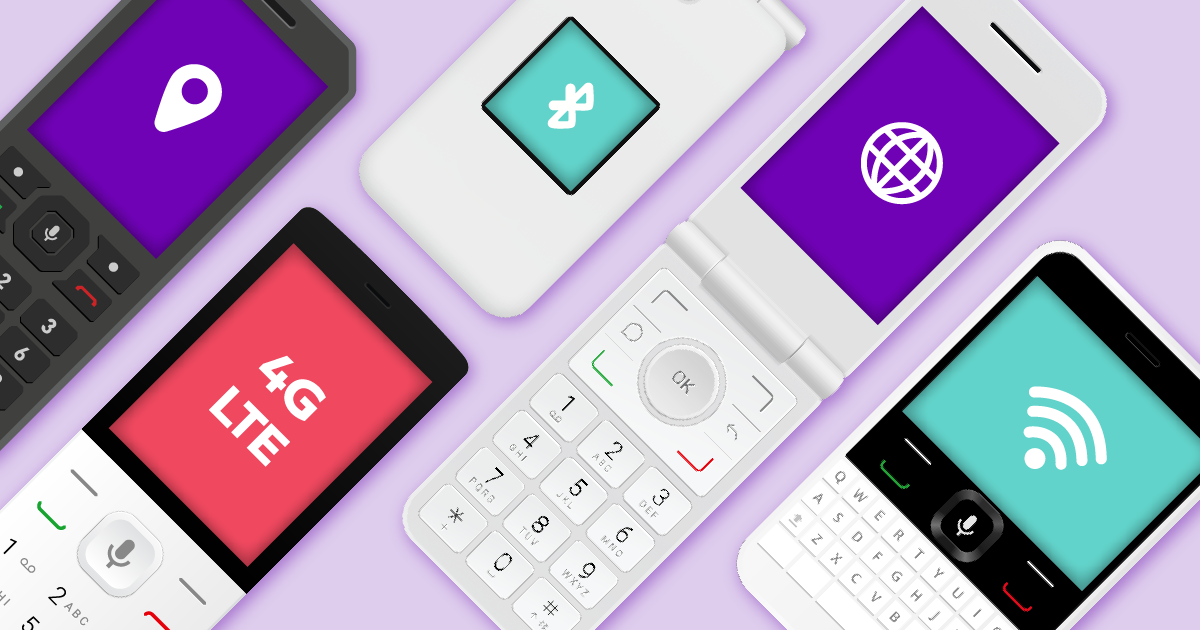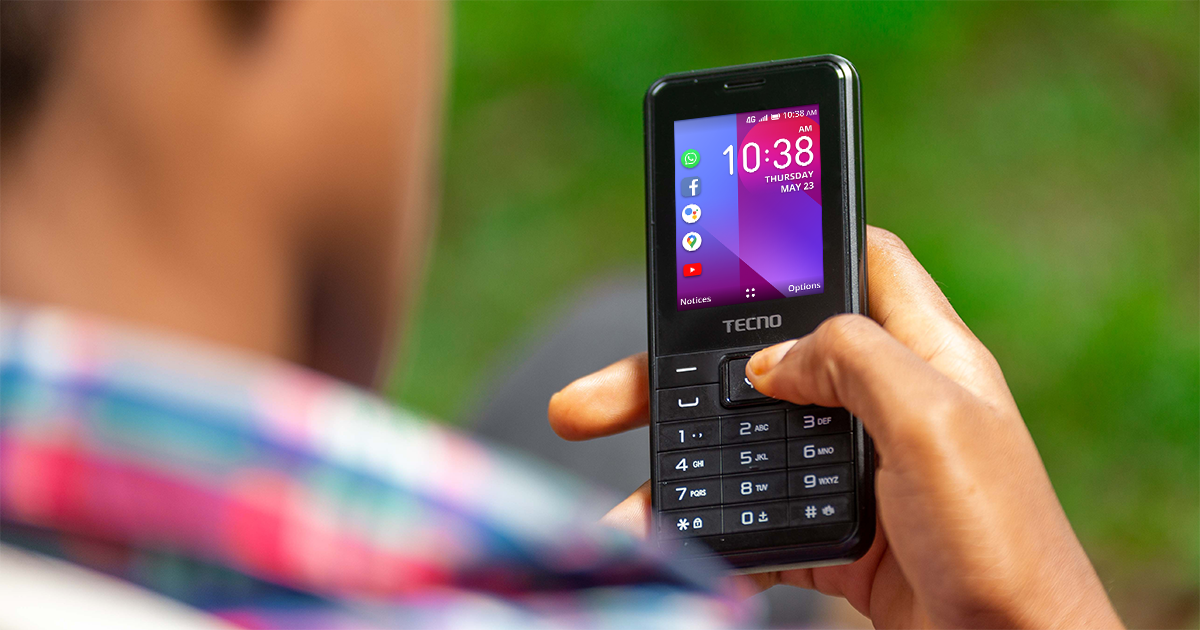
Dumb phones—candy bar and flip phone style mobile devices—aren’t as dumb as you may think. On the outside, they may appear pretty basic. However, newer dumb phones can do so much more than run games such as Snake. These improved devices—also known as smart feature phones—can connect to Wi-Fi; access 4G networks; run apps such as WhatsApp, YouTube, and Facebook, and come with Google Assistant.
As upgraded versions of dumb phones hit emerging markets at prices as low as $11 USD, they’re giving developers like you the unique opportunity to reach millions of consumers who are getting online for the first time.
Developing apps for dumb phones is simple
More evolved dumb phones run either web apps or progressive web apps (PWAs), their more advanced version. Development for either version is accessible to beginners.
Experienced native app developers and programmers can also easily adapt to web app development. Web programmers are at an advantage since apps for smart feature phones are built with HTML and JavaScript.
(Check out these free resources made for experienced programmers who want to adapt their skills and for beginners who want to give web apps a try.)
“I went from not knowing anything to putting a site together in a week. I don’t think there’s that type of parity for iOS. Much lower barrier of entry. I’m self-taught! ” — Alec Plummer, PWA developer

Web apps are easy to promote and maintain
When you submit an app to a native store, it quickly gets lost among millions of competing products. Unless you’re able to pay to promote your app and spend time creating and resubmitting updated versions of it, consumers may never discover what you’ve created.
“For me, it’s really important to be able to deliver an idea into people’s hands and see them play — that’s amazing. In other stores, it won’t reach many people. It will reach maybe two, and you’ll be one of them.” — Eli Shulga, KaiOS app developer
Getting your web app in front of consumers is simpler because it will be discoverable via an internet search on any mobile phone with a web browser. Sharing is straightforward as well; users can send a link to a web app just like they would with a website.
All you have to do to update a hosted web app is to adjust the codebase. Users automatically see the most recent version of your web app each time they access it. There is no delay like there is for native apps, whose updates are stalled days or weeks after being submitted to the app store. Not only can users begin using the latest version immediately, but you also don’t have to maintain an old version.
“The nice thing about a web app is that you don’t have to support a previous version of it, because it doesn’t exist anymore. With a native app, you have to support old versions because people won’t update.” — Nathan Hillyer, Developer, Boeing
Even packaged apps are easier to update on KaiOS phones. Just submit your new code to the KaiOS team, who will review and publish it within 48 hours in the KaiStore, where users go to find both hosted and packaged apps. If our team has any questions or feedback, they will work with you directly to resolve the issues.
By comparison, if your native app is rejected by Apple or Google Play, you’ll have a hard time figuring out why. The former requires an appeal process, while the latter prefers to let their bots reply to your questions.
Dumb phones are rising in popularity and reaching wider audiences
Based on sales numbers for dumb phones in recent years, more than a billion additional devices are projected to sell by 2021.
Sales for smart feature phones (internet-enabled dumb phones) are increasing, too—particularly in emerging markets such as Africa, the Middle East, and India. The KaiOS-powered JioPhones are among the top sellers, making KaiOS more widely used in India than iOS.
Low-price devices make mobile internet accessible to consumers who cannot afford expensive smartphones. For developers, this means gaining access to first-time internet users in previously untapped markets across the globe.
Because they are easier to use than smartphones, cater to people with lower digital-literacy levels, and offer an affordable way to get online, smart feature phones are ideal for those new to the internet. Web app developers have a rare opportunity to engage these millions of eager consumers.
Web apps don’t need to be overly complex to be impactful. Simple apps such as Period Tracker, Offline Dictionary, and World Radio are popular in the KaiStore because they address a specific need for users in emerging markets.
Now is the time to start developing for dumb phones
Smart feature phones make smartphone-like capabilities available on simpler hardware. By delivering mobile internet and apps through a more affordable medium, KaiOS devices are advancing digital inclusion around the world.
With the low barrier of entry for developers and the potential to reach such large audiences, the question isn’t why should you develop for dumb phones. It’s why wouldn’t you?
Get started by checking out the KaiOS Developer Portal, which provides free resources and direct access to the KaiOS developer support team.
Comments